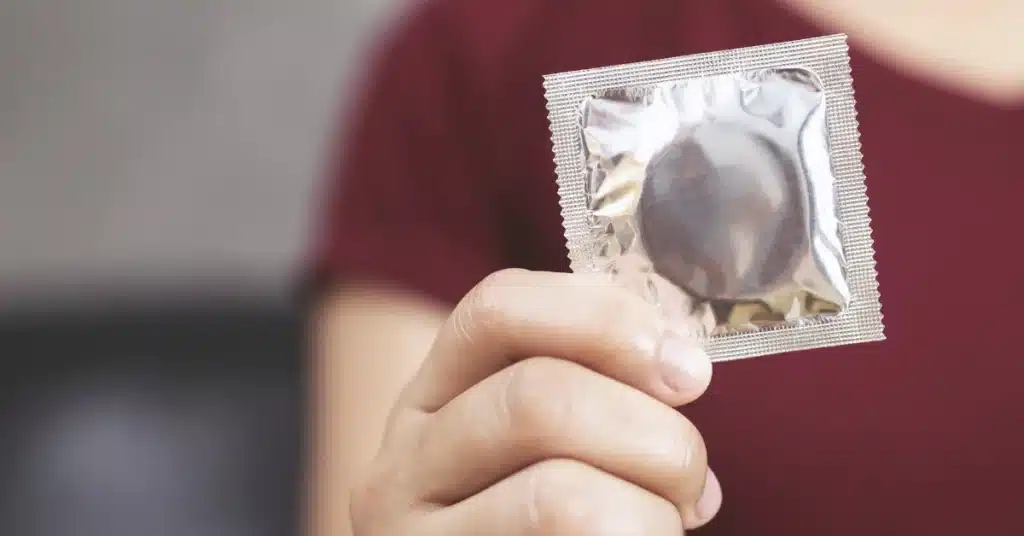Can STD Cause Lump on Testicle? Understanding the Link and Seeking Timely Care
Sexually Transmitted Diseases (STDs) are a serious health concern, affecting millions worldwide.
STDs such as Chlamydia, Gonorrhea, and Syphilis can cause various symptoms, including genital sores, pain during urination, and swelling.
However, the question can STD cause lump on testicle is one that requires careful exploration.
The testicles are sensitive organs with a complex structure.
Lumps on the testicles can have various causes, including infections, inflammation, or, rarely, tumors.
In this article, we will delve into the potential links between STDs and testicular lumps, the importance of medical attention, and the role of preventive measures.
Exploring the connection
Certain STDs, like Chlamydia and Gonorrhea, can lead to Epididymitis or Orchitis.
Epididymitis involves inflammation of the epididymis, a coiled tube near the testicle.
While Orchitis refers to inflammation of one or both testicles.
These conditions may cause swelling, pain, and, in some cases, palpable lumps.
If unusual lumps appear in intimate areas, there is a possibility that they are indicators of conditions such as genital herpes or genital warts.
Genital herpes, which is caused by the HSV (Herpes Simplex Virus), can lead to the development of painful sores or bumps.
Similarly, genital warts can appear as raised bumps on the skin in the genital area.
The importance of medical attention
The presence of any abnormal lump on the testicle requires immediate medical attention.
Timely diagnosis is essential for prompt treatment.
It helps minimize the risk of complications and ensures optimal reproductive health.
Preventive measures
There are certain preventive steps that should be taken to manage STDs carefully.
It includes the following:
Safe sexual practices

Ensuring the proper and consistent use of condoms during sexual activity is essential.
It helps prevent the transmission of STDs, reducing the risk of infections and associated complications.
Regular testing and screening
Regular STD screening is crucial for sexually active individuals.
Testing helps identify infections early, allowing for appropriate interventions before complications arise.
Vaccination

Vaccination is a crucial preventive measure in the fight against STDs.
Specific vaccines, such as those for Human Papillomavirus (HPV), offer effective protection against certain STDs.
By getting vaccinated, individuals also contribute to broader public health initiatives, preventing the spread of STDs within communities.
Conclusion
The presence of a lump on the testicle raises concerns that require immediate medical attention.
STDs such as Chlamydia, Gonorrhea, and genital warts may contribute to the development of lumps through conditions like Epididymitis.
It is crucial to recognize that non-STD-related factors could also be the reason for a lump on the testicle.
Timely diagnosis is essential for an effective treatment, minimizing the risk of complications.
Preventions like consistent and correct use of condoms during sexual activity and vaccination can significantly reduce the transmission of STDs.
Frequently Asked Questions
Can STDs cause lumps on the testicles?
STDs like Chlamydia and Gonorrhea can contribute to conditions such as Epididymitis. It can cause swelling and potentially palpable lumps. Proper medical attention is crucial to determine the underlying cause and appropriate treatment.
What are the non-STD-related factors that may cause a lump on the testicle?
Beyond STDs, factors like infections, inflammation, or tumors may contribute to testicular lumps. Recognizing these underlying causes is important. It can be identified with a thorough medical assessment.
What are the preventive measures to manage STDs?
Preventive measures for managing STDs include consistent condom use during sex, regular STD testing, and vaccination. These practices reduce transmission risks, identify infections early, and contribute to overall individual and public health.
What do you mean by Orchitis?
Orchitis condition is the inflammation of one or both testicles, including STDs like Chlamydia or Gonorrhea. It can result in pain, swelling, and discomfort in the affected testicle. Seeking prompt medical attention is essential for diagnosis and treatment.
WowRx uses only high-quality sources while writing our articles. Please read our content information policy to know more about how we keep our content reliable and trustworthy.






